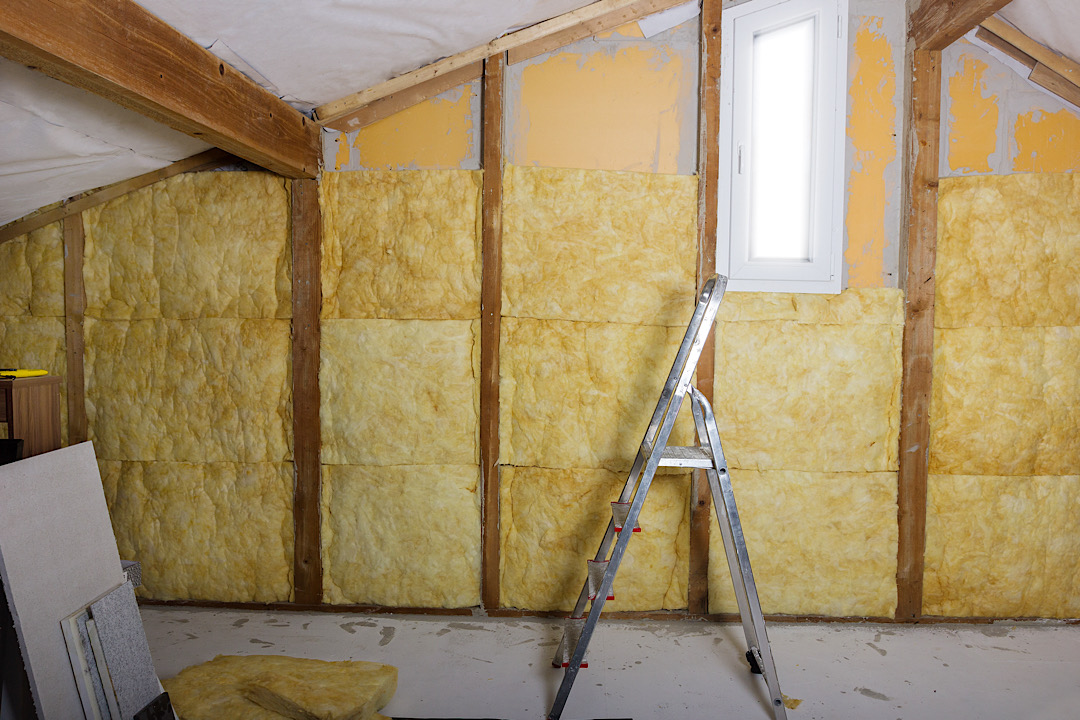
As spring approaches in Idaho and Oregon, homeowners can seize the opportunity to enhance their home insulation and achieve significant energy savings. This article focuses on the unique climate challenges of these states, offers tips on improving insulation, and discusses the types of insulation best suited for the regional climate. Additionally, it explores the environmental benefits of effective insulation and practical advice for local homeowners.
Understanding the Climate Challenges in Idaho and Oregon
Both Idaho and Oregon experience diverse weather patterns that can affect home energy use. Idaho, with its colder winters and hot summers, requires robust insulation solutions to handle extreme temperatures. Oregon’s climate, particularly in the western parts, is milder but can be damp, necessitating insulation that also manages moisture effectively.
Tips for Improving Home Insulation
Improving insulation in your home can lead to substantial energy savings, especially during the temperamental spring months when temperatures can fluctuate significantly. Here are key strategies tailored for homeowners in Idaho and Oregon:
Audit Your Home’s Insulation: Begin with a professional energy audit to identify areas where insulation can be improved. This audit can reveal heat loss spots and provide a clear guide on where to focus insulation efforts.
Upgrade Attic Insulation: Since heat rises, improving attic insulation can prevent warm air from escaping during cooler spring nights, which is particularly beneficial in the colder regions of Idaho.
Consider the Right Insulation Materials: For areas with high moisture, like Western Oregon, using materials that handle moisture well, such as fiberglass or foam insulation, can prevent mold growth and insulation degradation.
Seal and Insulate Ducts: Ducts that move air from a forced air furnace, central air conditioner, or heat pump are often big energy wasters. Sealing and insulating ducts can improve the efficiency of your heating and cooling system significantly.
Best Types of Insulation for the Region
Choosing the right type of insulation for Idaho and Oregon homes is crucial for maximizing energy efficiency and durability:
Fiberglass Insulation: Offers excellent thermal insulation and sound absorption qualities, making it ideal for both Idaho’s cold snaps and Oregon’s variable climate.
Spray Foam Insulation: Because it provides an air-tight seal, it’s especially effective in preventing air leakage and is well-suited for the nooks and crannies common in older homes prevalent throughout these states.
Cellulose Insulation: Made from recycled paper, cellulose is treated with non-toxic fire retardants and can be an environmentally friendly option that performs well against both cold and damp conditions.
Environmental Benefits of Effective Insulation
Improving home insulation not only reduces energy consumption but also lowers greenhouse gas emissions, contributing to a healthier environment. Efficient insulation lessens the need for heating and cooling, which reduces fossil fuel usage and your carbon footprint, aligning with both states’ goals for sustainability and renewable energy use.
Practical Advice for Idaho and Oregon Homeowners
Check Local Incentives: Both states offer various incentives for energy-saving upgrades, including tax credits and rebates for insulation improvements. Homeowners should take advantage of these programs to offset initial costs.
Hire Qualified Professionals: To ensure that insulation is installed correctly, it’s advisable to hire professionals who are familiar with the regional requirements and can install insulation that complies with local building codes.
Upgrading your home’s insulation this spring can lead to substantial energy and cost savings, while also enhancing the comfort and value of your home. By understanding the specific needs of their regional climate, Idaho and Oregon homeowners can make informed decisions that contribute to both their comfort and the well-being of the environment.